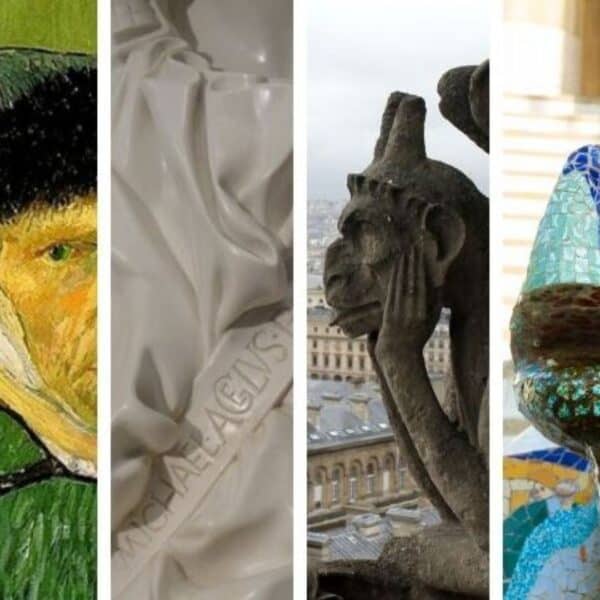In this course you will learn to know about Post Impressionist art , its origin and principles.
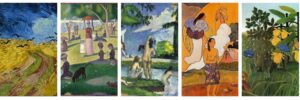
You will also learn how to analyze post-impressionist works with practical examples.
Among the various Post-Impressionist artists that will be analyzed, will be highlighted the works of:
Seurat

Georges Seurat was the first to create a break with Impressionism.
Seurat explored a new scientific approach to the representation of color and extended the interests of the Impressionists into the field of Optics.
This new style of painting is known as Pointillism.
Van Gogh
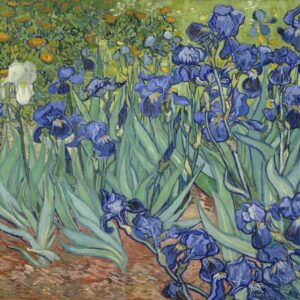
Vincent van Gogh relied on saturated colors and broad brushstrokes to evoke his inner turmoil.
Like Gauguin, he experimented with new approaches to painting and rejected academic representation, sublime finishes, and the Impressionists’ fixation on optical theories.
Gauguin
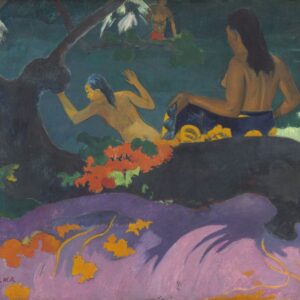
Together with van Gogh Paul Guaguin developed interest in symbolic content and images abstracted from their natural appearance.
Gauguin went further with these ideas, developing a theory he called Synthetism.
Cézanne
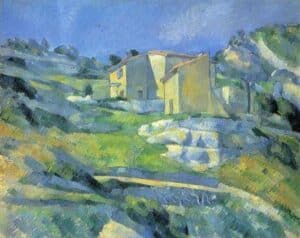
Paul Cézanne focused on exploring the underlying formal structure of still lifes, portraits and landscapes.
Rather than describing the overall impression of a scene, in his paintings, Cézanne sought to articulate the underlying organization of the landscape and suggested that it is constructed from simple geometric components.
Rousseau

Many post-impressionists were drawn to Primitivism in their search for more vivid styles and symbolic content.
In this instance, Primitivism refers to the “naïve”, self-taught style exemplified by Henri Rousseau, a pioneer of this style.
Five artists who changed the rules of painting and, each in a different way, paved the way for the artistic avant-garde movements that followed.
In addition to the detailed analysis of the lives and works of these 5 artists of Post-Impressionist art, other aesthetic developments that paved the way for Modern Art will be covered.
In this online course – Understanding Post Impressionist Art – you will:
Understand the context of the emergence of Post-Impressionism .
Recognize the importance of Post Impressionist Art in the History of Contemporary Art.
Identify and distinguish the different styles and main artists.
Identify artistic and literary influences and motivations.
Learn how to analyze some of the most important art works of Post Impressionism .
Save 30% with the super 5 courses bundle
Avant Garde movements and their origins

How it works
Understanding Post Impressionist Art – Course structure
1 – Post Impressionist Art – Context: the beginning
1.1. Historical context
1.2. How post-impressionism emerged
2. Post Impressionist Art – aesthetics
2.1. Main ideas of Post-Impressionism
2.1. Main artists: synopsis
3. Post Impressionist Art – Concepts and styles
Seurat
Van gogh
Gauguin
Cézanne
Rousseau
4 – Analysis of relevant works of post impressionist art
Rousseau – The sleeping gypsy
Cézanne: Houses in Provence (L’Estaque)
Gauguin – Christ On the Mount of Olives (selfportrait)
Van Gogh – Wheat field with crows
Seurat: The Eiffel Tower



